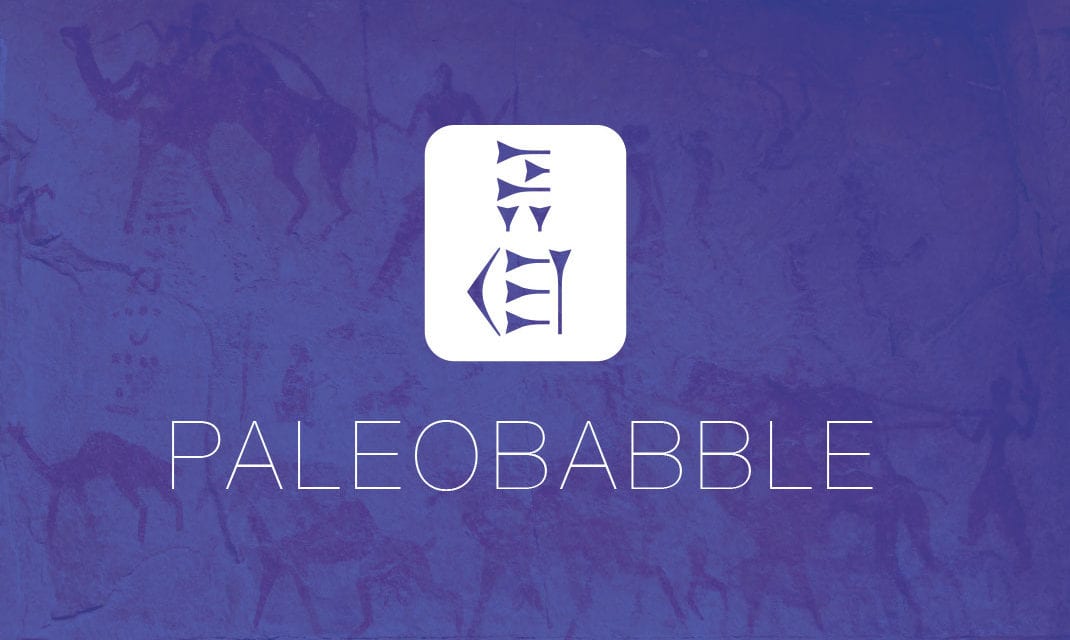[UPDATE: Here is a new link on this story; posted 3/30/2011. It contained the pictures below that I have now added to the original post.]
[UPDATE #2: Here is a paper on the “Mount Zion Cup” alluded to in some of the discussions of these new tablets as having an analogous cryptic script by epigrapher Stephen Pfann.]
This link leads to a press release entitled, “Secret Hoard of Ancient Sealed Books Found in Jordan.” It’s worth a read for sure. Kudos to Kim West and James McGrath.
I’d heard this report about a week ago, and my advice is still the same: let’s wait and see. The press release notes that the texts (which on on lead plates) were found in Jordan and the context is Jewish-messianic. As a result, speculation abounds that these texts (if authentic) might be the earliest Christian texts ever found, as preliminary indications point to a first century AD/CE date.Unless it’s Paleobabble. That is a legitimate fear in the wake of the archaeological forgery trials of recent times in Israel. Hopefully the material is real and can solve some mysteries about early Jewish-Christian thinking (at least for some sect).
Note as you read that there are a number of references to some of the texts being written in “code.” This refers to what is known as “cryptic script.” Some Dead Sea Scrolls were written in this script (and yes, they’ve been published — sorry, no conspiracies). I have a friend who lives in Israel who is an expert in these sorts of texts, so I’m hoping he will at some point be involved in the find. His opinion would be thoughtful and trustworthy. Stay tuned!







Strange, I made a post on palelobabble on this yesterday; it did not save. I found it on the BBC channel network..
http://www.bbc.co.uk/news/world-middle-east-12888421
The provenance is of the “book is odd”. I believ an hoax since it is claimed that an Israeli bedoin that it is/was in his family for a 100 years.
Also found on BBC, the remains of John the Baptist and also a cave that is belived to be the oldest church to this date..
http://www.bbc.co.uk/news/world-europe-10849211
http://news.bbc.co.uk/2/hi/science/nature/7446812.stm
more picture of the book here..
http://www.peopleforum.cn/viewthread.php?tid=82663
Extremely cool, if true.
I wonder if the leads could have been used as a primative printing press. It looks as though they could have been dipped in ink and pressed on to paper of that time to make copies???
at this point, there is no indication lead was used for mass production (or anything else) — unlike much later in association with the printing press (to improve on movable type).
Hmmm, so these are lead leaves? I thought since lead was a non ferrous metal that it could not rust?
lead leaves a white oxidation layer, perhaps its not pure lead?